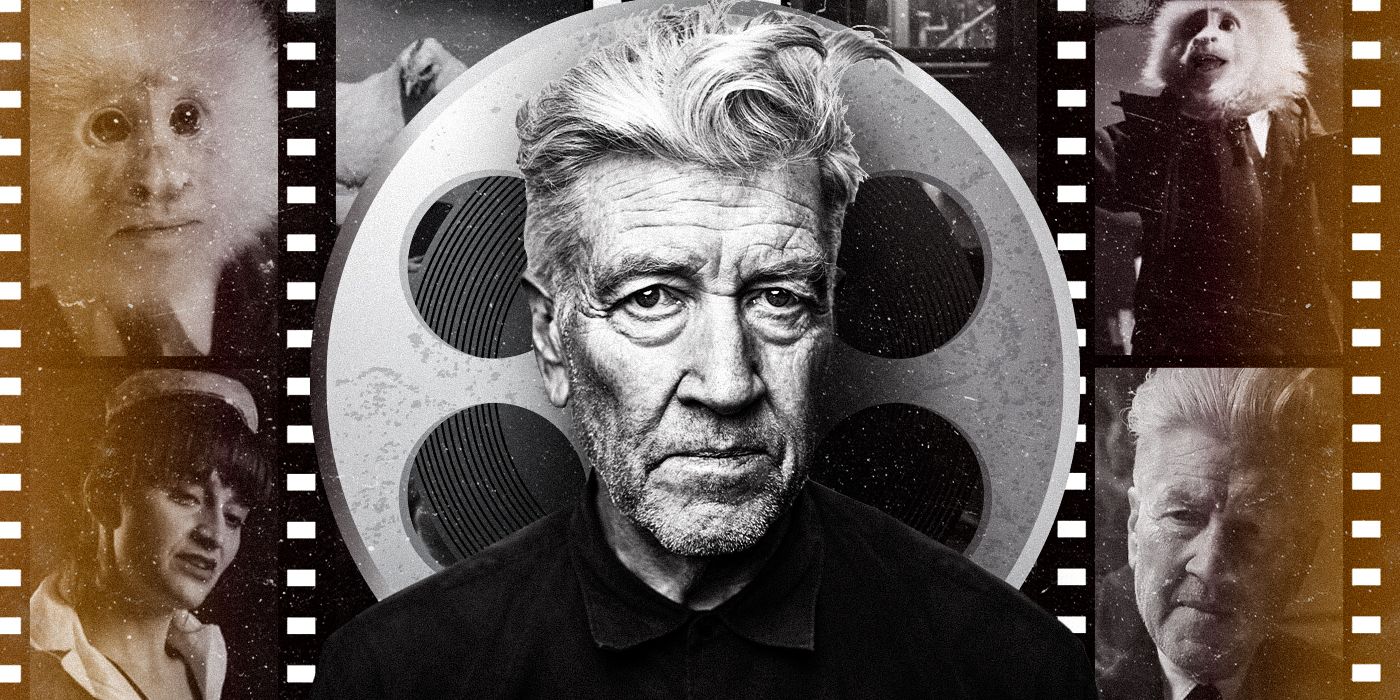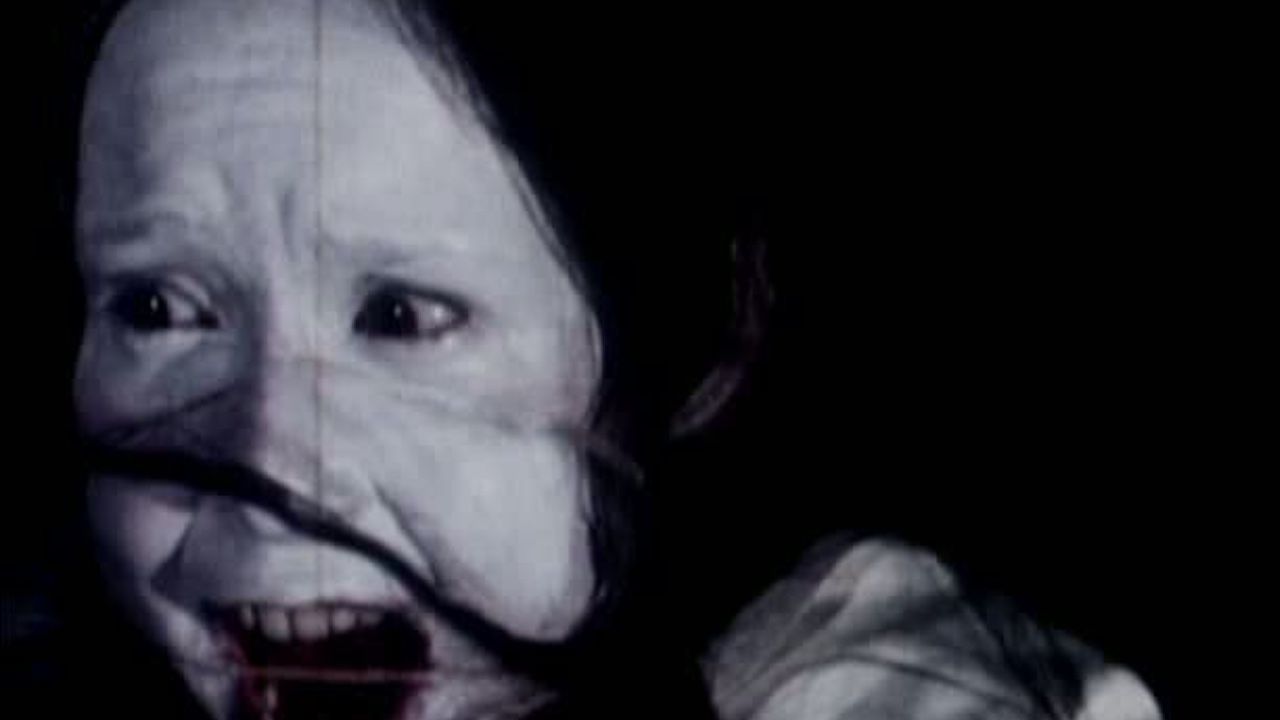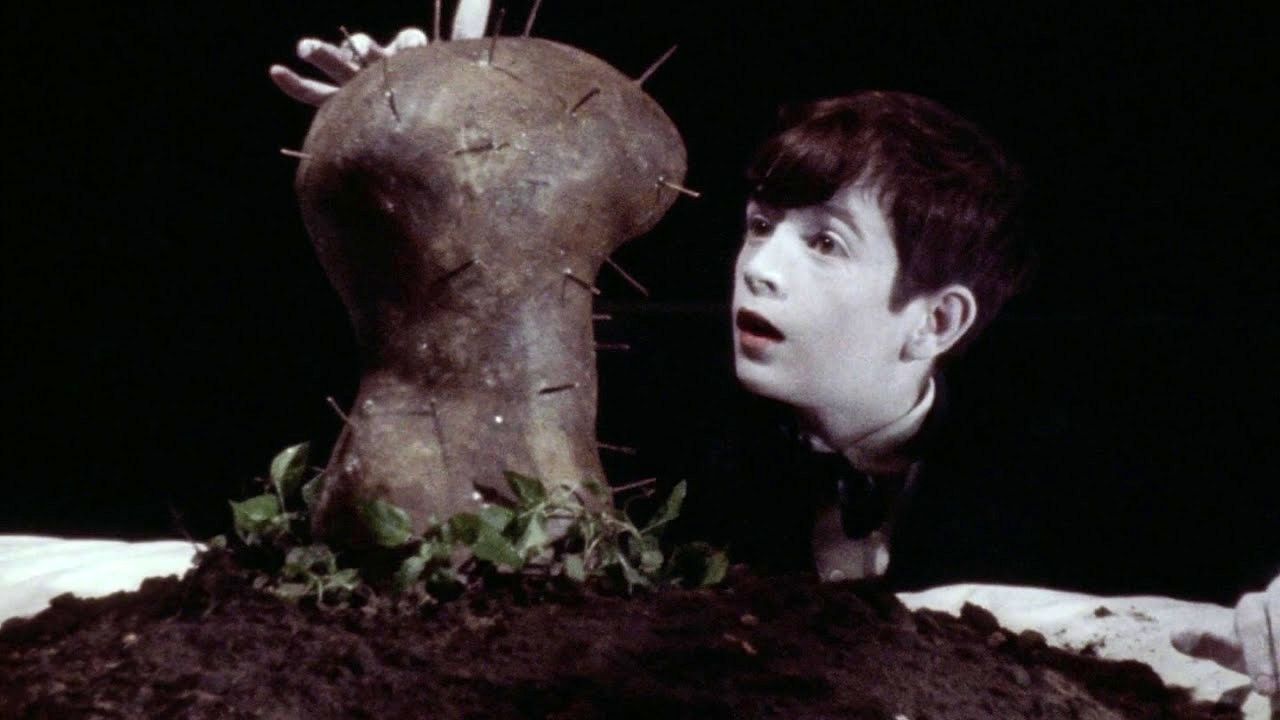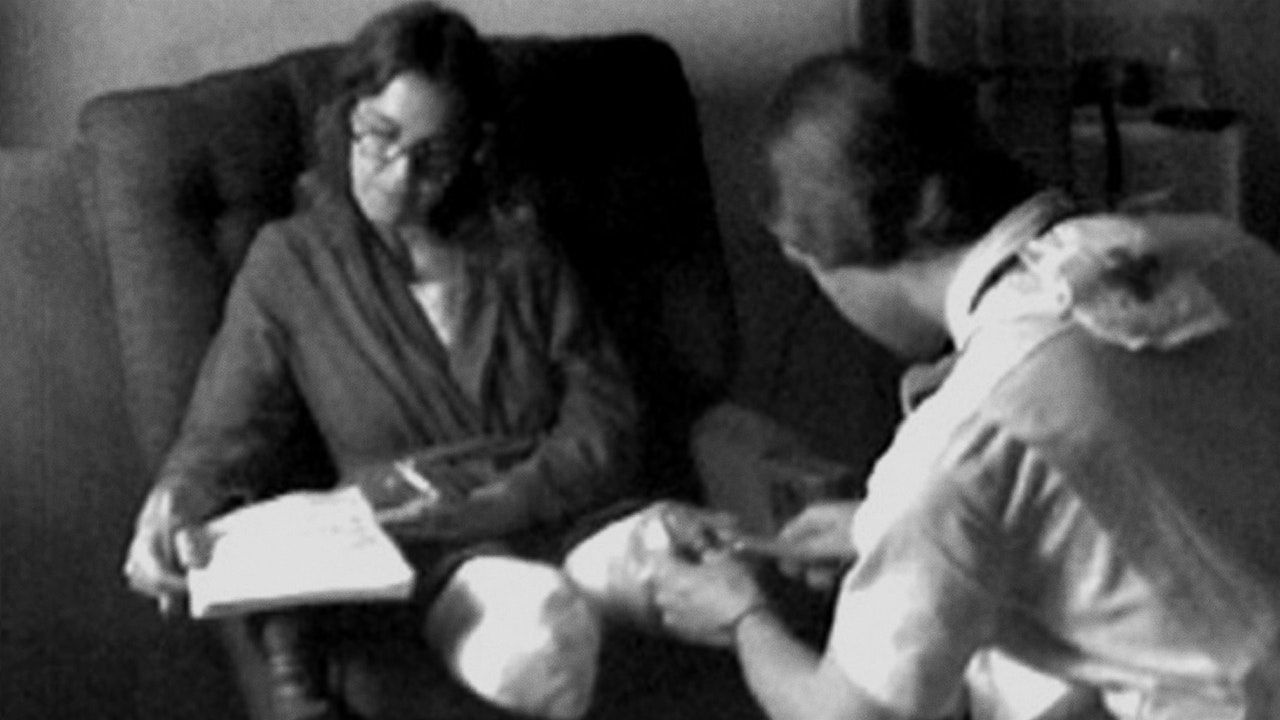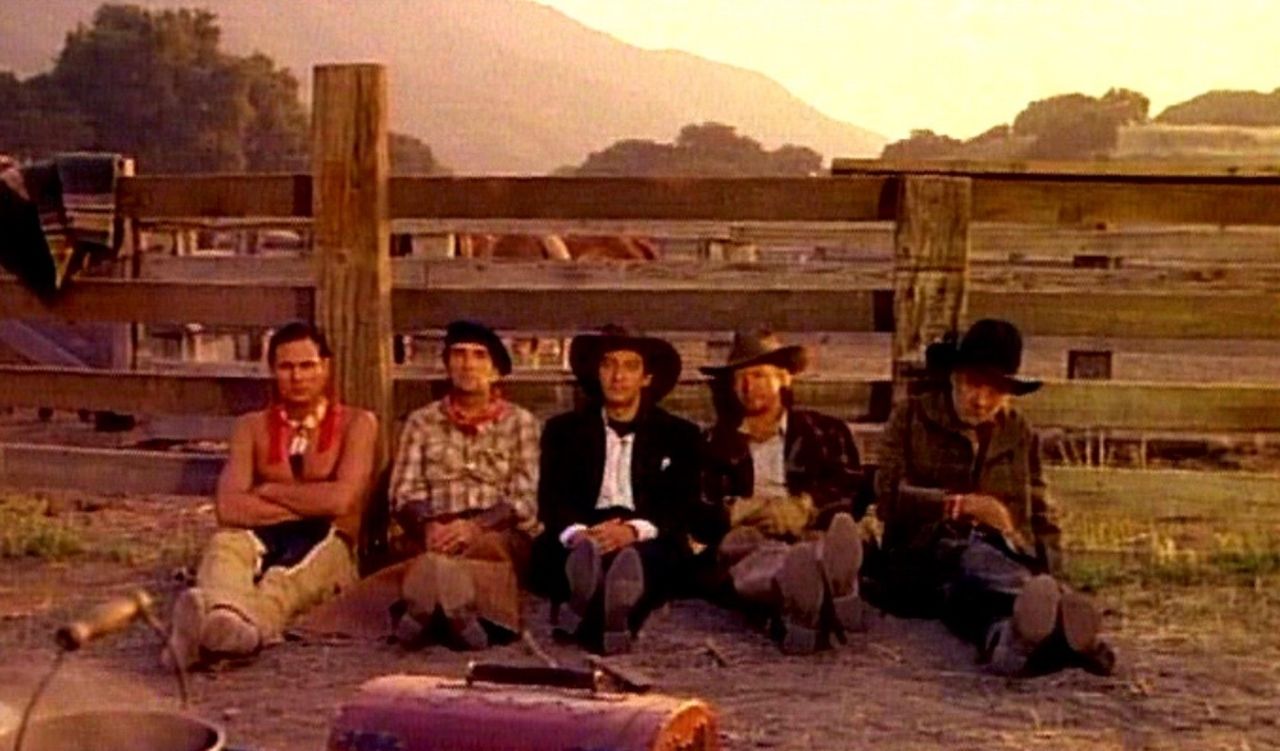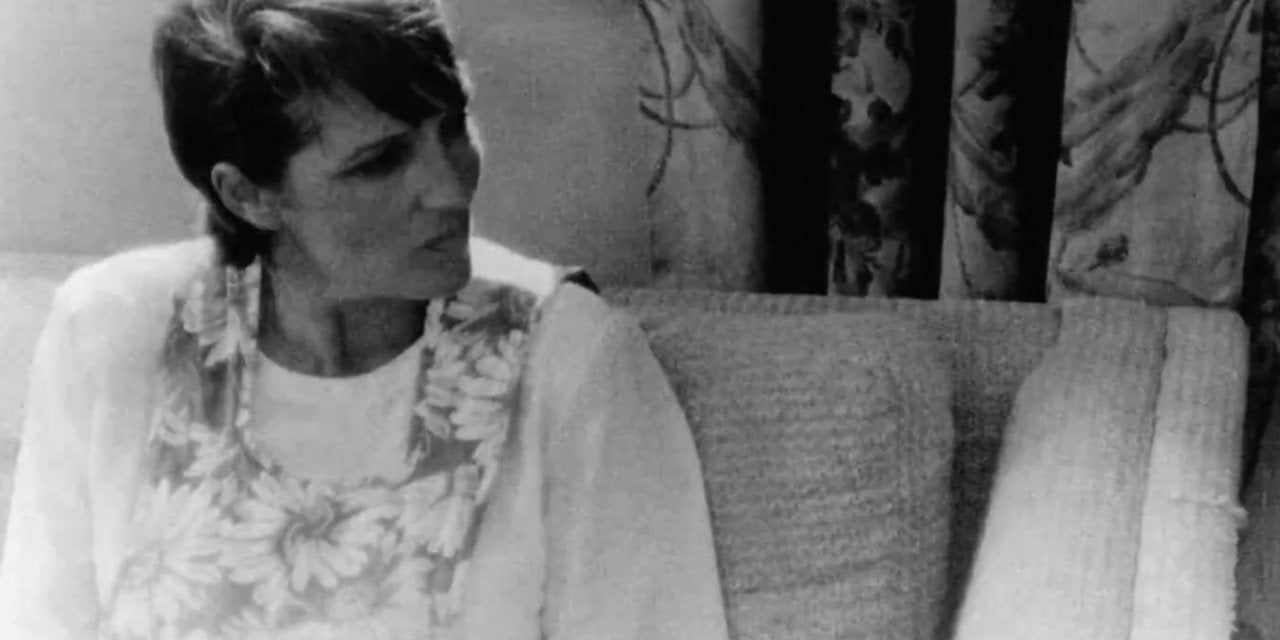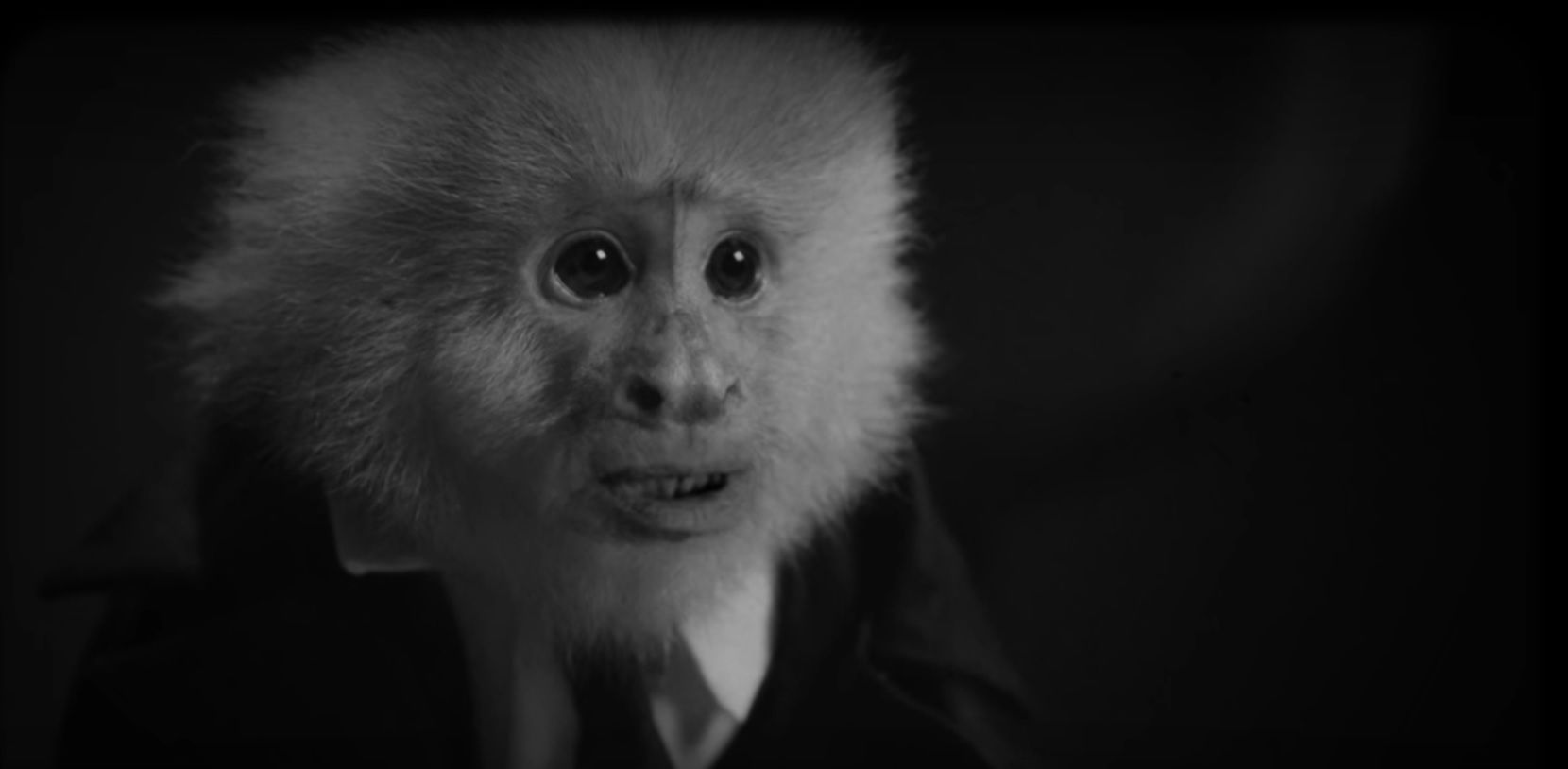For one reason or another, most people are aware of filmmaker David Lynch. You may know him as the guy who directed the Dune adaptation from the 80s, or as the co-creator and cast member of Twin Peaks. Some may know Lynch for his arthouse hits, like Eraserhead and Blue Velvet, some from his weekly weather report Youtube videos, and some may simply know him as “that loud old guy with great hair.” However you know Lynch, and whatever you know of his work, we can all stand to learn more about this enigmatic artist, and what better way to do so than through highlighting some of his numerous short films. Lynch’s shorts provide an insightful look at not only his common narrative themes and motifs, but also his filmmaking and narrative style, as well as the evolution of his artistry. So, here are seven highlights to serve as a beginner's guide to the short films of David Lynch.
The Alphabet
Lynch seems to have an ability to take mundane ideas, such as the birth of a child (Eraserhead), and turn them into the stuff of surrealist nightmares. With his 1968 short film The Alphabet, one of his earliest shorts, Lynch turns his twisted touch upon the schoolhouse basics of singing the alphabet. Inspired by his then-wife’s niece having a nightmare in which she recited her ABC’s, the short film follows a similar plot, albeit in a much darker and absurdist way.
A woman lays in bed as children are heard chanting “A B C.” We descend into the woman’s nightmarish visions of the alphabet, captured in multimedia animation, which includes an uppercase A bleeding lowercase a’s, a bleeding face, and a disembodied human mouth reminding the viewer “please remember, you are dealing with the human form.” The woman then awakes, seemingly compelled to recite the alphabet, before spewing blood from her mouth onto the white bed sheets. Just as he would disrupt and distort the serenity of suburbia in Blue Velvet, The Alphabet finds Lynch distorting a childish tune into a terrifying horror. The film also showcases Lynch’s talent with physical art and animation, as showcased by the multimedia dream sequences, a skill first displayed in his 1967 experimental art piece/short film Six Men Getting Sick.
The Alphabet can be found on The Criterion Channel and YouTube.
The Grandmother
After he found success and fulfillment with The Alphabet, Lynch, with partial funding by The American Film Institute (AFI), made 1970s The Grandmother. In many ways, The Grandmother narratively and thematically works as an inverse to Lynch’s 1977 breakthrough feature, Eraserhead. Where Eraserhead deals with the anxieties and dread of being a new parent, The Grandmother shows a lonely child, abused by his parents, yearning for a loving caregiver. So, rather than a grotesque baby thrust upon a hesitant father, in The Grandmother the lonely boy plants a seed and grows himself a grandmother who can nurture him. However, being an early Lynch short film, this wholesome fairytale story is told in a creepy, melancholic manner, with a disgusting birthing sequence and surreal moments of animation.
With The Grandmother, Lynch created an ethereal soundscape for the film - his first collaboration with sound designer Alan Spelt, who would go on to work with Lynch on films like Eraserhead, The Elephant Man, Dune, and Blue Velvet. The Grandmother also gained Lynch a scholarship to AFIs “Center for Advanced Film Studies." Through its expanded sense of storytelling and signature soundscape, Lynch began to gain his artistic footing with The Grandmother, while creating a short that is uniquely charming but also unnerving.
The Grandmother can be found on The Criterion Channel.
The Amputee
While his first feature, Eraserhead, was stuck in “production hell,” lacking the necessary funds to continue shooting, Lynch learned that AFI was planning to conduct a test comparing two different types of black and white video tape stock. After getting approval to shoot anything he wanted, as long as it was the same on both stocks, Lynch used this opportunity to make his short The Amputee. The short sees the first on-screen appearance in Lynch’s filmography of longtime friend and collaborator Catherine Colson. Colson, who also co-wrote the short with Lynch in one night, would go on to play the iconic Margaret “Log Lady” Lanterman on Twin Peaks.
The Amputee focuses on a woman with amputated legs, who, in narrated voiceover, writes a heartfelt letter while a nurse unbandages, cleans, and drains the woman’s seemingly fresh stump wounds. The short is one continuous shot, with the grainy quality one would expect of 1970s video tape footage. Being that both video stocks had to be tested, there are actually two versions of The Amputee, both with minor differences. (I prefer the second because of its more over-the-top comedic ending.) By blending the gory with the mundane, Lynch shows his darkly comedic sensibilities with The Amputee. In his opportunistic use of early video tape, Lynch also showed his passion for experimenting with new filmmaking technology, which he would go on to embrace with future projects, such as the film he shot on a digital, handheld camera, Inland Empire.
The Amputee (versions 1 and 2) can be found on The Criterion Channel and YouTube.
The Cowboy and The Frenchman
After 14 years of success and acclaim as a feature film director, including eight Academy Award nominations for his film The Elephant Man, Lynch returned to the medium of the short film. While on a trip to Paris, Lynch was propositioned to make a short film for the French TV special The French as Seen by…, a collection of five shorts, each showcasing a director's take on France. Flanked by shorts from the likes of Werner Herzog and Jean-Luc Godard, the curator of the special jokingly described Lynch’s short, The Cowboy and The Frenchman, as “two cliches in one."
The short sees Lynch collaborating with a trio of some of his frequent players, Harry Dean Stanton, Jack Nance, and Michael Horse, in a comedic story about an out of place Frenchman who is found by a group of rugged cattle ranchers. Despite their initial language barrier, the cowboys make a quick friend out of the Frenchman, sharing in revelry and culture. With this short, Lynch displays his love of slapstick and his quirky comic sensibilities, which would be further showcased on his idiosyncratic TV show, Twin Peaks. The Cowboy and The Frenchman, with its outdoor setting and playful tone, is a stark departure from Lynch’s interior, eerie, and gothic earlier shorts. Nevertheless, the comedic, classic Hollywood inspired side of Lynch is still a vital part of his artistic oeuvre.
The Cowboy and The Frenchman can be found on YouTube.
Premonitions Following an Evil Deed
To celebrate the 100th anniversary of the Lumière brothers’ first public screening of a film in 1895, forty-one directors, including Michael Haneke, Abbas Kiarostami, Spike Lee, and David Lynch, were given the opportunity to each contribute a fifty-two-second short film, shot on the Lumière’s original Cinematograph camera, for an anthology titled Lumière and Company. Besides the time limit, the films could not have synchronized sound, and each shot was limited to three takes. Lynch’s short, Premonitions Following an Evil Deed, shows, in rapid shots, police discovering a dead body and a woman’s dark premonition of the crime. Though only fifty-two seconds, the short showcases Lynch’s love for the surrealism and fantasy of early silent film, as well as his love of filmmaking technology, both old and new. The film also deals with the common Lynchian trope of the emotional wakes an untimely death leaves behind.
Premonitions Following an Evil Deed can be found on The Criterion Channel and YouTube.
Dumbland
Have you ever wondered what it would be like if David Lynch had an Adult Swim show? Well ponder no further, because Dumbland is what you’ve been looking for. Originally released weekly in 2002 on his personal website, Dumbland is a Flash animated web-series in eight parts, with a total runtime of thirty-two minutes. Written, directed, voiced, and scored all by himself, Dumbland was animated by Lynch using only his computer mouse. It took Lynch ten days, or about sixty-three total hours, to create each episode. Dumbland follows an oaf-ish, “white trash” man, named Randy, and the surreal, violent, and comical misfortunes that plagues his life. Living up to its name, Dumbland sees Lynch at his most crudely humorous, but still with his iconic existentialism, or as Lynch put it himself: “Dumbland is a crude, violent, absurd series. If it is funny, it is funny because we see the absurdity of it all.” The short series features everything from a “one-armed-duck-fucker,” to a senile uncle, to crass ants, to violent mutilations, and copious amounts of burps and farts, all in glorious black and white Flash animation. For fans of modern absurdist humor and adult animation, Dumbland is, in this writer’s opinion, an incredibly entertaining “must watch.”
Dumbland can be found on The Criterion Channel and on Vimeo.
What Did Jack Do?
We love a monkey movie, don’t we folks? David Lynch seems to, as one of his most recent shorts, 2017s What Did Jack Do? stars a monkey (Jack Cruz). In the works for several years, Lynch, in an odd-ball sentence typical to his style, said in 2014 “I’m building a chair. I love to build things and this is for a monkey film. I’m working with a monkey named Jack and that’ll come out sometime. It is not a chimpanzee, the monkey came up from South America.” Taking place in the classic Lyncian location of a diner, What Did Jack Do? details a police detective (played by Lynch) questioning a distraught, suit wearing monkey about a recent murder. Through a tense and withholding interrogation, as well as a musical number, revelations of Jack the primate’s terrible crimes come to light. With Lynch hallmarks like black and white cinematography, casting himself, elements of crime procedural, and surrealistic details (because however much we wish monkeys could talk to us, they still, currently, cannot), What Did Jack Do? signifies that Lynch, at the spry age of 75, is as creative and unique an artist as ever.
What Did Jack Do? can be found on Netflix.
Bonus - David Lynch Cooks Quinoa
After watching all of those mind-bending, thought-provoking short films, I bet you’re pretty hungry, right? Well, thankfully, David Lynch has got you covered, with his short film David Lynch Cooks Quinoa. Is quinoa any good? Well, take it from Lynch himself: “quinoa is something that I like to have for dinner every chance I get.” Over the course of nearly 20 minutes, Lynch explains how he cooks quinoa, tells you facts about quinoa, drinks wine, smokes, and spins a yarn about riding the night train through Yugoslavia. David Lynch, I love you.
David Lynch Cooks Quinoa can be found on YouTube.

